PSC CIC 2025 on Ballast Water Management - An Essential Preparation Guide
- Admin

- Aug 15
- 7 min read
From September to November 2025, maritime authorities will conduct a Concentrated Inspection Campaign (CIC) focusing on Ballast Water Management compliance. This targeted inspection period presents significant challenges for vessel operators, with potential consequences including detentions and fines. Our comprehensive guide explains what to expect during the campaign and provides the Questionnaire (as published by Paris & Tokyo MOU, link below), as well as actionable strategies to ensure your vessels pass inspection with flying colours.
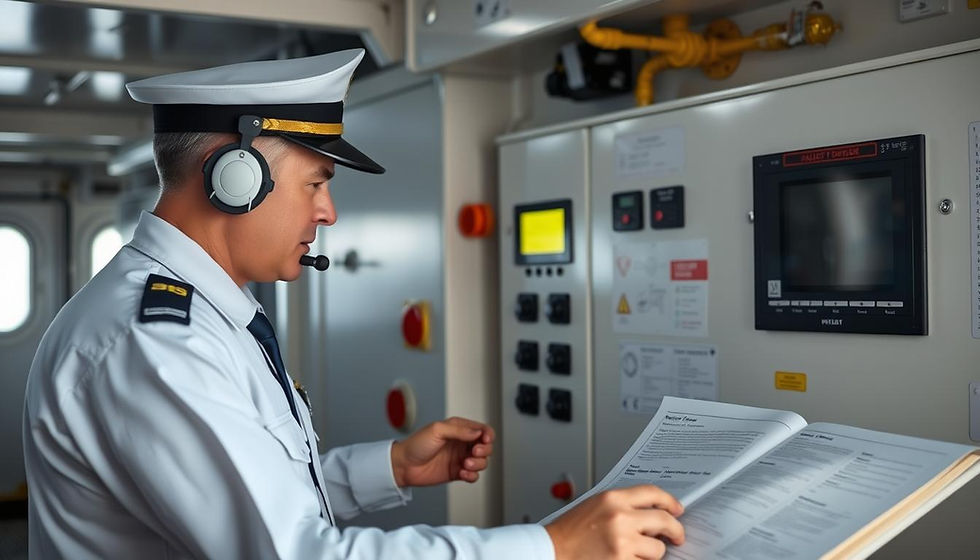
Overview of PSC CIC 2025: Purpose, Timeline, and Scope
The 2025 Concentrated Inspection Campaign represents the first time that Paris & Tokyo MOU will specifically target ballast water management (BWM) compliance on this scale. With all vessels now required to meet the D-2 biological performance standard, authorities are intensifying scrutiny to ensure proper implementation.
Campaign Timeline and Participants
The PSC CIC 2025 will run from September 1 to November 30, 2025. It will be led by the Paris and Tokyo Memorandums of Understanding (MoU), encompassing 50 maritime administrations. Additional participants include the Riyadh, Indian Ocean, Mediterranean, Black Sea, and Viña del Mar Agreement MOUs, making this a near-global inspection initiative.
During this period, vessels can expect focused inspections at any participating port, with each vessel undergoing only one CIC inspection throughout the campaign.
Inspection Focus Areas
Port State Control officers will use a standardized questionnaire to evaluate compliance across several critical areas:
BWM Convention certification
Ballast Water Management Plan approval and updates
Crew familiarity with implementation procedures
BWMS approval documentation and operational status
Ballast Water Record Book maintenance
Sediment management procedures
Valid exemptions (if applicable)
Key Requirements Under PSC CIC 2025
The 2025 CIC will evaluate compliance with both the technical and administrative requirements of the BWM Convention. Understanding these requirements is essential for successful inspection outcomes.
Requirement Category | 2025 CIC Focus | IMO BWM Convention Standard |
Documentation | Valid International BWM Certificate with biological commissioning verification | Certificate required for all vessels ≥400 GT |
Management Plan | Updated BWMP with latest MEPC 82 amendments (Feb 2025) | Ship-specific plan detailing procedures |
Record Keeping | New BWRB format compliance (Feb 2025 update) | Complete records of all ballast operations |
Treatment System | Operational BWMS meeting D-2 standard | D-2 standard mandatory since Sept 2024 |
Crew Competence | Demonstrated familiarity with BWMP and BWMS operation | Trained personnel for system operation |
Contingency Measures | Documented procedures for system malfunction | Required in BWMP since MEPC 71 |
D-2 Discharge Standard Requirements
All vessels must now comply with the D-2 biological performance standard, which sets strict limits on viable organisms in discharged ballast water:
Less than 10 viable organisms ≥50 μm per cubic meter
Less than 10 viable organisms 10-50 μm per milliliter
Indicator microbe concentration limits:
Toxicogenic Vibrio cholerae: less than 1 cfu per 100 ml
Escherichia coli: less than 250 cfu per 100 ml
Intestinal Enterococci: less than 100 cfu per 100 ml
Prepare Your Vessels for CIC 2025
Download the Questionnaire of CIC 2025, as published by Tokyo MOU & ensure your vessels are fully prepared for the upcoming Ballast Water Management inspections:
Compliance Challenges and Common Deficiencies
Recent data from Port State Control authorities reveals patterns of non-compliance that will likely be targeted during the 2025 CIC. Understanding these common deficiencies can help vessel operators prioritize their compliancy efforts.
According to data reported by the Paris MoU for previous years (prior 2025), 58% of non-compliance deficiencies in BWM are directly linked to poor record-keeping or administrative errors:
Documentation Deficiencies
Missing or incomplete Ballast Water Record Book entries
Outdated Ballast Water Management Plan
Missing flag state approval for electronic logbooks
Inconsistencies between recorded entries and actual operations
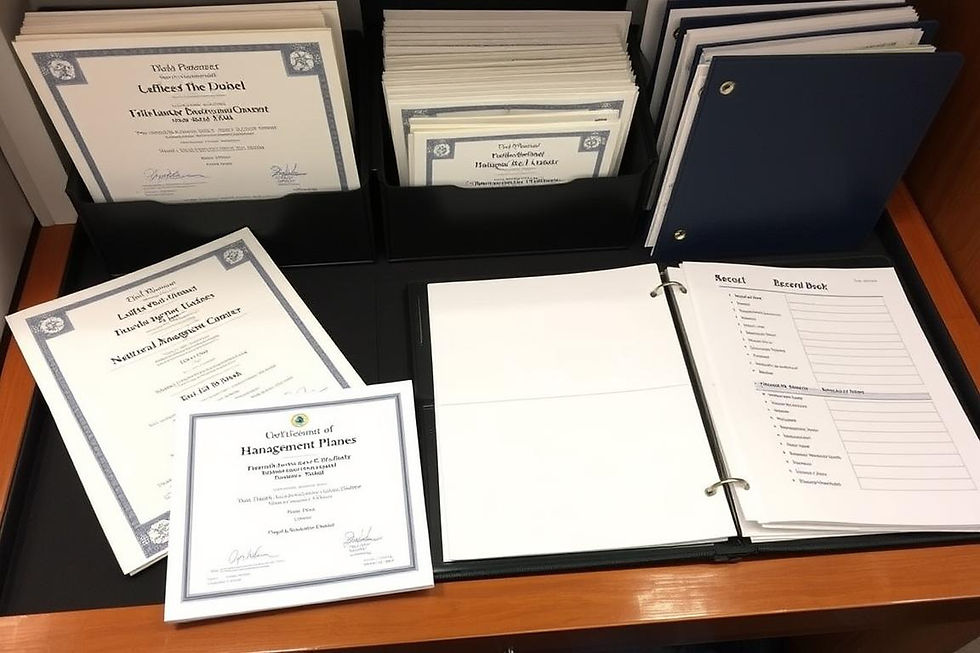
Technical Deficiencies
Inoperable BWMS components
TRO sensor failures (in electro-chlorination systems)
Improper filter backflushing procedures
Use of non-approved chemicals in treatment systems
Software deficiencies allowing operation during breakdowns
Operational Deficiencies
Crew unfamiliarity with BWMP procedures
Deliberate alteration of BWMS alarm parameters
Ignoring system alarms during operations
Failure to report non-functional systems to authorities
Improper sediment management procedures
Recent Regulatory Updates Adding Complexity
The February 2025 amendments of MEPC 82 have introduced additional requirements that will be scrutinized during the CIC 2025:
New Ballast Water Record Book format requiring more detailed entries
Enhanced maintenance tracking documentation
Clearer documentation of contingency measures during system malfunctions
Verifiable crew familiarity with ballast water management protocols
USCG Special Focus: The US Coast Guard has announced intensified focus on ballast water compliance following a 6% increase in BWM-related deficiencies in 2024. They will specifically seek in-situ verification that the chemicals used in treatment systems match the type and manufacturer specified in the system's manual.
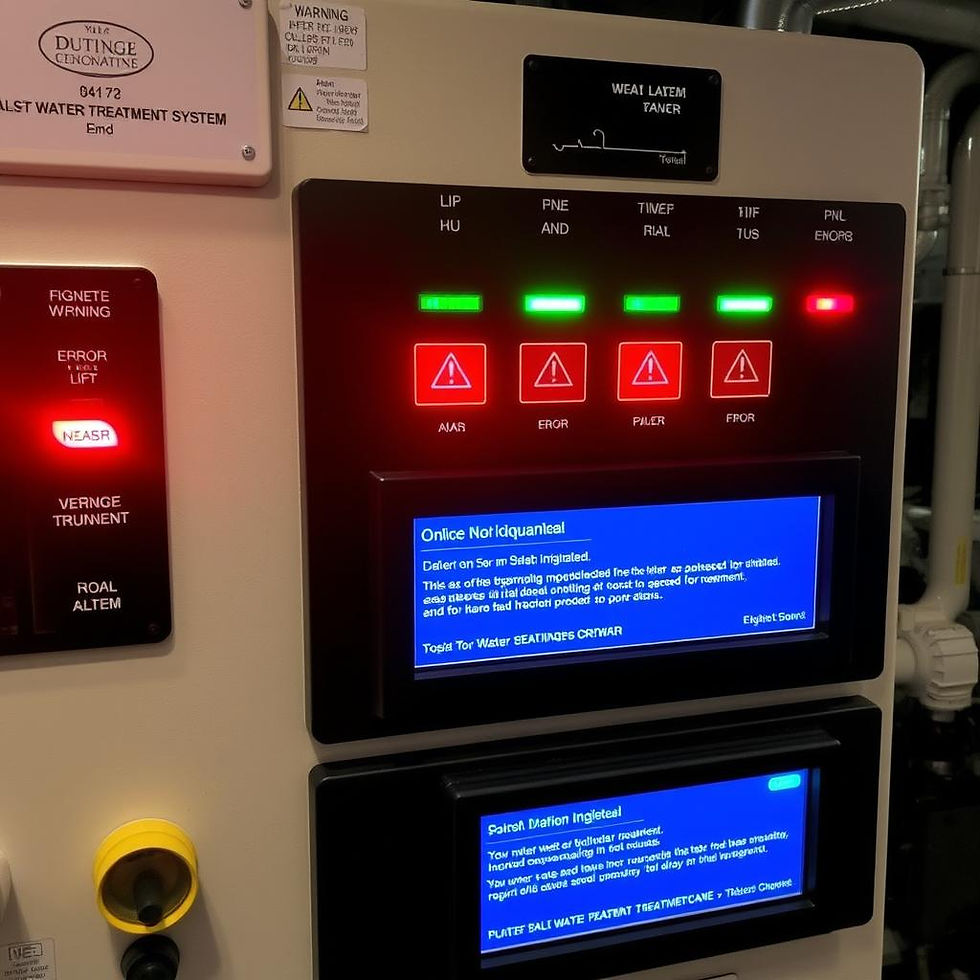
Need help preparing your Fleet for the CIC 2025 in the Netherlands, Belgium or Germany? Reach out to for our expert Technical Superintendency services in the ARA region!
Preparation Strategies for CIC 2025
Successful preparation for the 2025 CIC requires a systematic approach addressing documentation, technical readiness, and crew competence. The following strategies will help ensure your vessels pass inspection without deficiencies.
Document Readiness
Verify your International Ballast Water Management Certificate is valid and includes biological commissioning verification
Update your Ballast Water Management Plan to incorporate February 2025 amendments from MEPC 82
Implement the new Ballast Water Record Book format and ensure all entries are complete and accurate
Document all maintenance activities according to manufacturer specifications
Prepare contingency measure documentation for system malfunctions

System Readiness
Conduct a comprehensive system inspection, following manufacturer guidelines
Test all critical components including pumps, filters, and treatment units
Calibrate sensors, particularly TRO sensors for electro-chlorination systems
Verify system's software is updated to the latest version approved by the manufacturer
Ensure sufficient inventory of approved consumables and spare parts
Test system efficiency under challenging water quality conditions
Crew Training and Familiarization
Crew competence is a critical focus area for the 2025 CIC. Inspectors will verify that crew members understand and can properly implement ballast water management procedures.
Designate and train responsible officers for ballast water management
Conduct refresher training on BWMS operation and maintenance
Practice emergency procedures for system malfunctions
Perform mock inspections using the CIC questionnaire
Review record-keeping procedures to ensure accurate documentation
Train crew on challenging water quality procedures
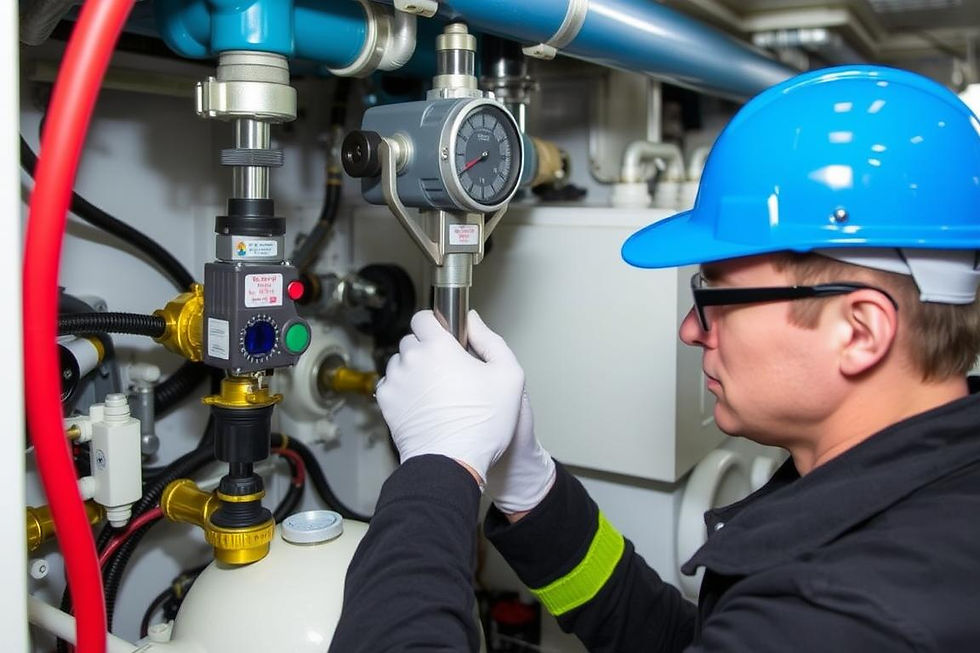
Case Study: Lessons from a Failed CIC Inspection
In 2024, a 45,000dwt bulk carrier was detained for three days in Australia following a routine ballast water inspection that revealed multiple deficiencies. This case highlights common compliance pitfalls that will be scrutinized during the 2025 CIC.
Inspection Findings
The vessel's BWMS was operational but showed signs of tampering with alarm parameters
TRO sensors were not calibrated according to manufacturer specifications
Ballast Water Record Book entries were incomplete, with several operations not documented
Crew members were unable to demonstrate proper operation of the system during challenging water conditions
The Ballast Water Management Plan had not been updated to reflect recent equipment modifications
Consequences
Three-day detention resulting in approximately $45,000 in OPEX
Cargo operations delayed, leading to contractual penalties
Increased scrutiny on the vessel operator's entire fleet
Requirement for third-party verification of BWMS functionality
Mandatory crew retraining before release from detention
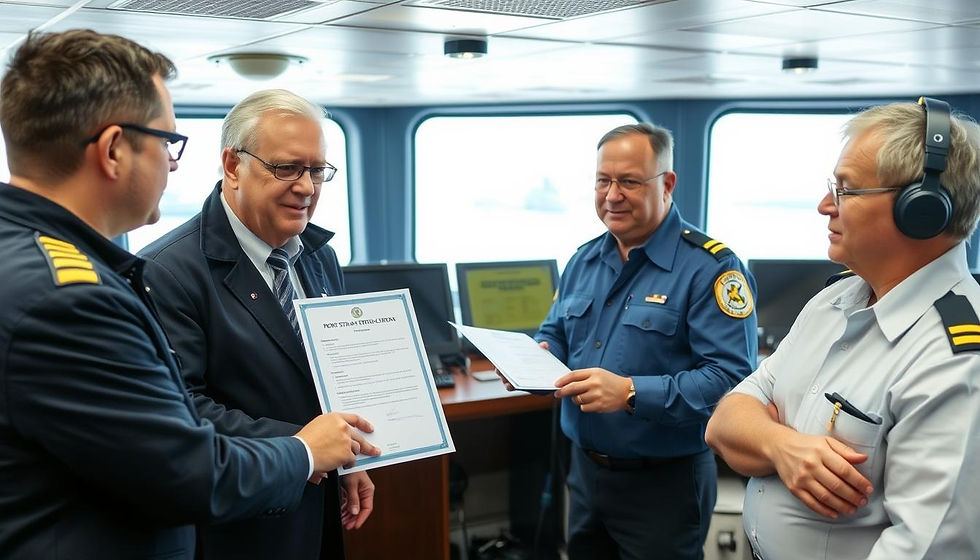
Key Lessons Learned
Preventive Measures
Implement regular internal audits of ballast water management procedures
Maintain detailed maintenance records according to manufacturer guidelines
Conduct regular crew training with practical demonstrations
Establish clear procedures for challenging water quality conditions
Ensure timely updates to all documentation following system modifications
Common Mistakes to Avoid
Tampering with system parameters to bypass alarms
Neglecting sensor calibration and maintenance
Incomplete or delayed record-keeping
Insufficient crew training on system operation
Failure to update management plans after modifications
Using non-approved chemicals or consumables
Ensure Your CIC 2025 Compliance
Connect with our experts for personalized compliance support and system optimization.
Frequently Asked Questions
What happens if a vessel fails the CIC?
If a vessel fails the CIC inspection, consequences can range from minor deficiencies requiring correction before departure to full detention. For serious non-compliance, vessels may be detained until deficiencies are rectified, which typically involves:
Correcting all identified deficiencies to the satisfaction of PSC officers
Providing evidence of crew competence through demonstrations or additional training
Possible third-party verification of system functionality
Payment of detention fees and possible fines (varying by jurisdiction)
Additionally, failed inspections are recorded in regional MoU databases, potentially triggering increased scrutiny for the vessel and other vessels in the operator's fleet during future port calls.
How often are ballast water systems tested during inspections?
During the 2025 CIC, each vessel will undergo one dedicated ballast water inspection. However, the inspection process is comprehensive and may include:
Verification of system operation through control panel checks and operational demonstrations
Review of maintenance records and sensor calibration data
Examination of system logs to verify proper operation during previous ballast operations
In some jurisdictions (notably the US), sampling of discharged ballast water may be conducted
Outside the CIC period, ballast water systems are typically checked during regular PSC inspections, with frequency depending on the vessel's risk profile and inspection history.
Are there exemptions for older vessels?
As of September 8, 2024, all vessels subject to the BWM Convention must comply with the D-2 standard, requiring a functional ballast water treatment system. There are no general exemptions based solely on vessel age. However, limited exemptions may apply in specific circumstances:
Vessels operating exclusively in waters under the jurisdiction of one party and the high seas
Vessels with sealed ballast tanks that do not discharge ballast water
Vessels operating on specific routes between designated ports (requires formal risk assessment and approval)
Any exemption must be formally documented and approved by the relevant flag state and port authorities. During the CIC, PSC officers will verify that any claimed exemptions are properly documented and valid.
Conclusion: Preparing for Success in CIC 2025
The 2025 Concentrated Inspection Campaign on Ballast Water Management represents a significant compliance challenge for vessel operators worldwide. With authorities focusing on documentation, system functionality, and crew competence, comprehensive preparation is essential to avoid detentions, fines, and operational disruptions.
By addressing the key areas outlined in this guide—document readiness, system maintenance, and crew training—vessel operators can ensure they are well-positioned to pass the CIC 2025 inspection. Remember that the CIC questionnaire targets aspects of ballast water management that have led to repeated deficiencies in recent years, making it a valuable tool for self-assessment and preparation.
Start your preparation early, conduct thorough internal audits, and ensure all crew members understand their responsibilities in ballast water management. With proper planning and implementation, the 2025 CIC can be navigated successfully, maintaining your fleet's operational continuity and regulatory compliance.



